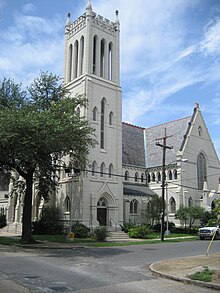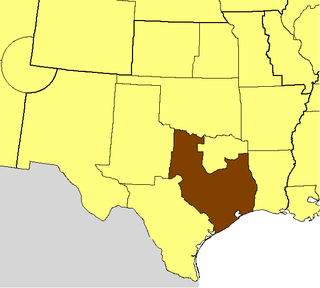
The Episcopal Diocese of Texas is one of the dioceses of the Episcopal Church in the United States of America. The diocese consists of all Episcopal congregations in the southeastern quartile of Texas, including the cities of Austin, Beaumont, Galveston, Houston, Waco and, as of July, 2022 Fort Worth, and other cities within the former diocese of The Episcopal Church in North Texas.

Christ Church Cathedral, located today at 2919 St. Charles Avenue, in New Orleans, Louisiana, in the United States, was the first non-Roman Catholic church founded in the entire Louisiana Purchase territory. It was founded in 1803 as Christ's Church by the Protestant inhabitants of New Orleans, and is today the official seat of the Bishop of Louisiana, in the Episcopal Diocese of Louisiana.

The Episcopal Diocese of Tennessee is the diocese of the Episcopal Church in the United States of America that covers roughly Middle Tennessee. A single diocese spanned the entire state until 1982, when the Episcopal Diocese of West Tennessee was created; the Diocese of Tennessee was again split in 1985 when the Episcopal Diocese of East Tennessee was formed. It is headquartered in Nashville, Tennessee.

The Episcopal Diocese of Dallas is a diocese of the Episcopal Church which was formed on December 20, 1895, when the Missionary District of Northern Texas was granted diocesan status at the denomination's General Convention the preceding October. Alexander Charles Garrett, who had served as the first bishop of the Missionary District of Northern Texas, remained as bishop of the new diocese. The diocese began when thirteen parishes were merged.

The Episcopal Diocese of Georgia, USA is one of 20 dioceses that comprise Province IV of the US Episcopal Church, and is a diocese within the worldwide Anglican Communion. The current bishop is Frank S. Logue, who succeeded Scott Anson Benhase on May 30, 2020 when he was consecrated 11th Bishop of Georgia at a service held in Christ Church in Savannah, Georgia.

The Episcopal Diocese of the Central Gulf Coast is a diocese of the Episcopal Church in the United States of America, part of Province 4. The diocese was created in 1970 from portions of the adjoining dioceses of Alabama and Florida.

The Episcopal Diocese of Oklahoma dates back to 1837 as a Missionary District of the Episcopal Church in the United States of America. The General Convention of the Episcopal Church recognized The Diocese of Oklahoma in 1937. The diocese consists of all Episcopal congregations in the state of Oklahoma. The ninth Bishop and sixth diocesan Bishop is Poulson C. Reed, consecrated in 2020.
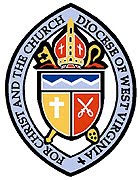
The Episcopal Diocese of West Virginia is a diocese of the Episcopal Church in the United States of America (TEC). It encompasses all 55 counties of West Virginia. The diocese has 66 congregations, including 38 parishes, 26 missions, and 2 other churches. The diocese is headquartered in Charleston and led by The Rt. Rev. Matthew Davis Cowden who was consecrated as bishop coadjutor in March, 2022 and became bishop diocesan in October, 2022.

The Episcopal Diocese of Central Florida is a diocese in Florida in Province IV of the Episcopal Church. It is bounded on the north by the Episcopal Diocese of Florida, on the east by the Atlantic Ocean, on the south by the dioceses of Southeast Florida and Southwest Florida and on the west by the Gulf of Mexico. The two largest cities in the diocese are Orlando, with over 220,000 people, and Port St. Lucie, with over 150,000 people. The Kennedy Space Center and Walt Disney World are within the boundaries of the diocese. Orlando, where St. Luke's Cathedral is located, is the see city of the diocese.
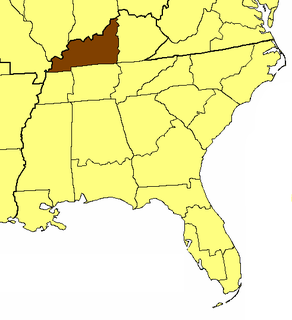
The Episcopal Diocese of Kentucky is a diocese of the Episcopal Church in the United States of America, encompassing the western half of the state of Kentucky.
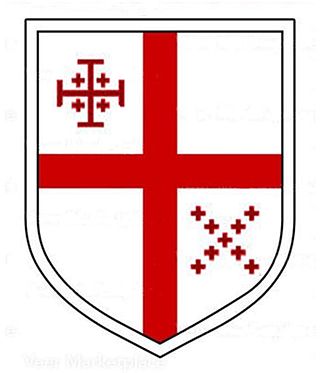
The United Episcopal Church of North America (UECNA) is a church in the Anglican tradition and is part of the Continuing Anglican movement. It is not part of the Anglican Communion.

The Episcopal Diocese of the Rio Grande is the Episcopal Church's diocese in New Mexico and southwest Texas, the portion of the state west of the Pecos River, including the counties of El Paso, Reeves, Culberson, Jeff Davis, Brewster, Presidio, Terrell, Hudspeth and Pecos. The total area of the diocese is 153,394 square miles (397,290 km2). According to the 2006 parochial report, there are 57 active congregations within the diocese. The see is based in Albuquerque, New Mexico and the diocesan cathedral is the Cathedral Church of St. John.

John Henry Hobart Brown was the first bishop of the Diocese of Fond du Lac in the Episcopal Church.

The Episcopal Diocese of Florida is a diocese of the Episcopal Church in the United States of America (ECUSA). It originally comprised the whole state of Florida, but is now bounded on the west by the Apalachicola River, on the north by the Georgia state line, on the east by the Atlantic Ocean and on the south by the northern boundaries of Volusia, Marion, and Citrus counties. Its cathedral church is St. John's Cathedral in Jacksonville.

The Episcopal Diocese of Alaska is the diocese of the Episcopal Church in the United States of America with jurisdiction over the state of Alaska. Established in 1895, it has the largest geographical reach of any diocese in the Episcopal Church, with approximately 6,000 members spread across 46 congregations. It is in Province 8. It has no cathedral and the diocesan offices are located in Fairbanks.

The Episcopal Diocese of Kansas, established in 1859, is the diocese of the Episcopal Church in the United States of America with jurisdiction over eastern Kansas. It is in Province 7 and its cathedral, Grace Cathedral, is in Topeka, as are the diocesan offices.
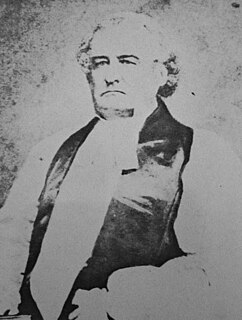
The Protestant Episcopal Church in the Confederate States of America was an Anglican Christian denomination which existed from 1861 to 1865. It was formed by Southern dioceses of the Episcopal Church in the United States during the American Civil War. When the Southern states seceded from the Union and established the Confederate States of America, it was not unusual for Protestant churches to split along national lines also. The Episcopalians were different as their separation was made only after the Confederacy was created and ended within six months of the South's surrender when Southern Episcopalians reunited with their counterparts in the North.
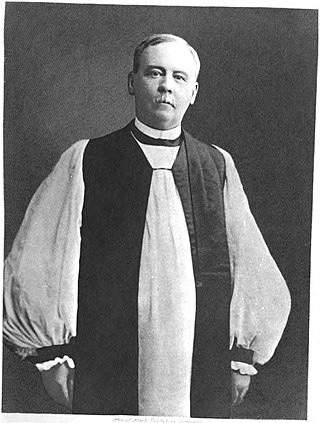
Robert Atkinson Gibson was the sixth Episcopal bishop of Virginia.
Don Adger Wimberly was chancellor of the University of the South in Sewanee from 1997 to 2003. He also served as Bishop of Lexington and then Bishop of Texas in The Episcopal Church.

Iveson Batchelor Noland was an American prelate who served as the Bishop of Louisiana from 1969 to 1975.
